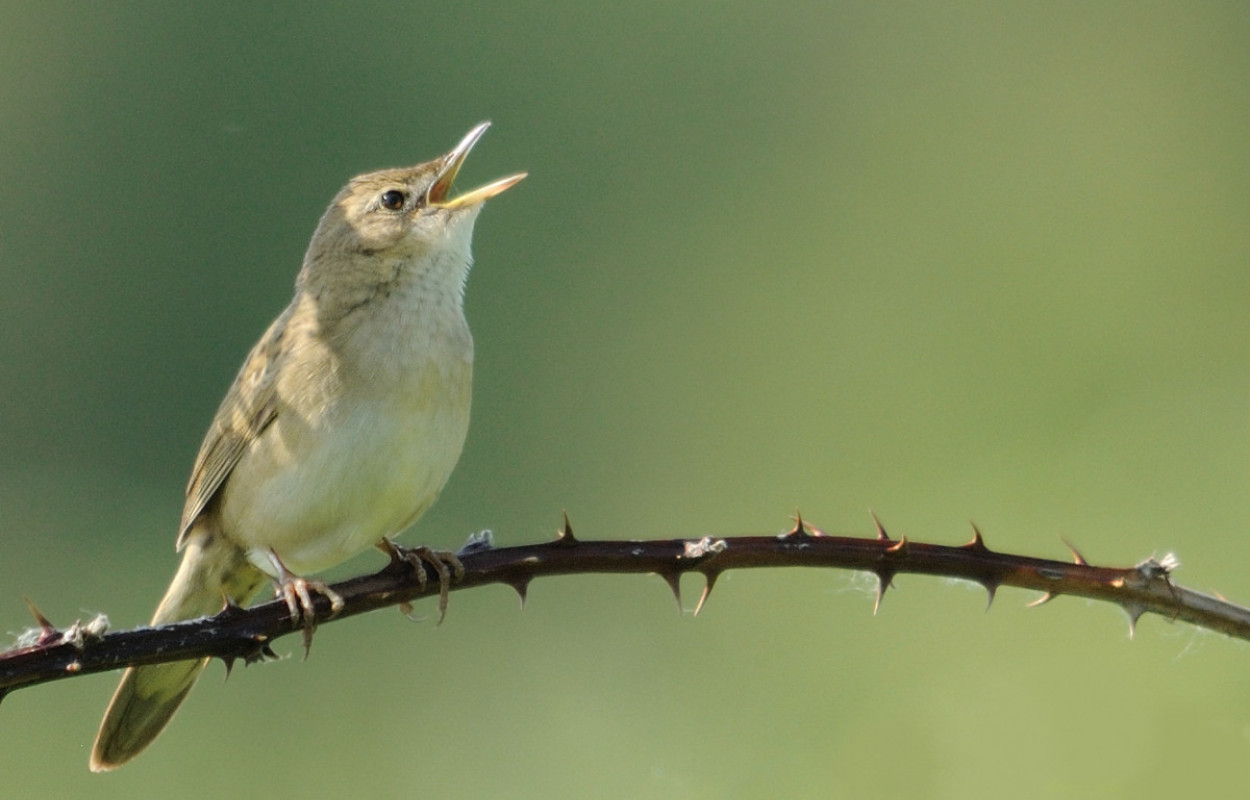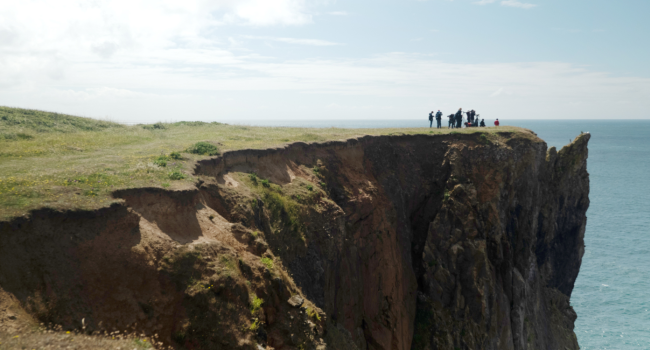Bird population declines and species turnover are changing the acoustic properties of spring soundscapes

Author(s): Morrison C.A., Auniņš A., Benkő Z., Brotons L., Chodkiewicz T., Chylarecki P., Escandell V., Eskildsen D.P, Gamero A., Herrando S., Jiguet F., Kålås J.A., Kamp J., Klvaňová A., Kmecl P., Lehikoinen A., Lindström Å., Moshøj C., Noble D.G., Øien I.J., Paquet J-Y., Reif J., Sattler T., Seaman B.S., Teufelbauer N., Trautmann S., van Turnhout C.A.M., Vořišek P. & Butler S.J.
Published: November 2021
Journal: Nature Communications
Digital Identifier No. (DOI): 10.1038/s41467-021-26488-1
Bird song helps us to build and maintain connections with the natural world and is a core component of natural soundscapes. Song, and in particular the diversity of that song at a given location, plays an important role in defining the quality of our engagement with soundscapes. Natural soundscapes vary with season, differ between locations, and will have changed over time, not least because of the long-term declines documented in bird populations across the globe. Widespread reductions in bird abundance and species richness are likely to have reduced the quality of our connections with natural soundscapes, and this is something that is explored in this paper, led by Cat Morrison at the University of East Anglia.
The lack of historical recordings makes it difficult to assess how the quality of natural soundscapes might have changed over time. While we can compare recently recorded soundscapes with future ones, those from today are already degraded and we lack baseline data on how they would have once sounded. This new work uses a novel approach, reconstructing ‘lost’ soundscapes from the information collected by volunteers for bird surveys operated across Europe and North America, including data submitted through the BTO/JNCC/RSPB Breeding Bird Survey.
By combining these survey data with recordings for over 1,000 species, taken from the online Xeno Canto database of bird songs and calls, the authors reconstruct soundscapes at more than 200,000 locations over the past 25 years. The protocol used for constructing these soundscapes applied the same rules for translating survey data into soundscape contribution across all species; while imperfect, because it does not capture variation in how often and for how long different species vocalise, the approach does reflect much of the inherent variation between species and provides valuable insight to how these communities would have sounded at different points in time.
The acoustic properties of the reconstructed soundscapes could then be explored statistically through a series of standard measures, capturing the richness, evenness, amplitude and heterogeneity of each soundscape. While these measures broadly mirror avian species richness and abundance, they are primarily driven by song complexity and diversity across the contributing species. Because of this, the measures describe the key components of these soundscapes, predicted to underpin public perceptions of the quality of their experience of the natural world.
The analysis reveals variation in soundscape quality, both across sites and over time. The results reveal a chronic deterioration in soundscape quality, defined as a reduction in acoustic diversity and/or intensity, across both North America and Europe. Sites that have experienced the largest declines in total abundance and/or species richness also show larger declines in acoustic diversity and sound intensity. However, it is important to note that the initial structure of each bird community, together with how the characteristics of individual songs and calls complement each other, also plays an important role. Ongoing declines in bird populations are expected to cause further reductions in attributes of soundscape acoustics and, by extension, a continued decline in the quality of our experience of the natural world.







Share this page